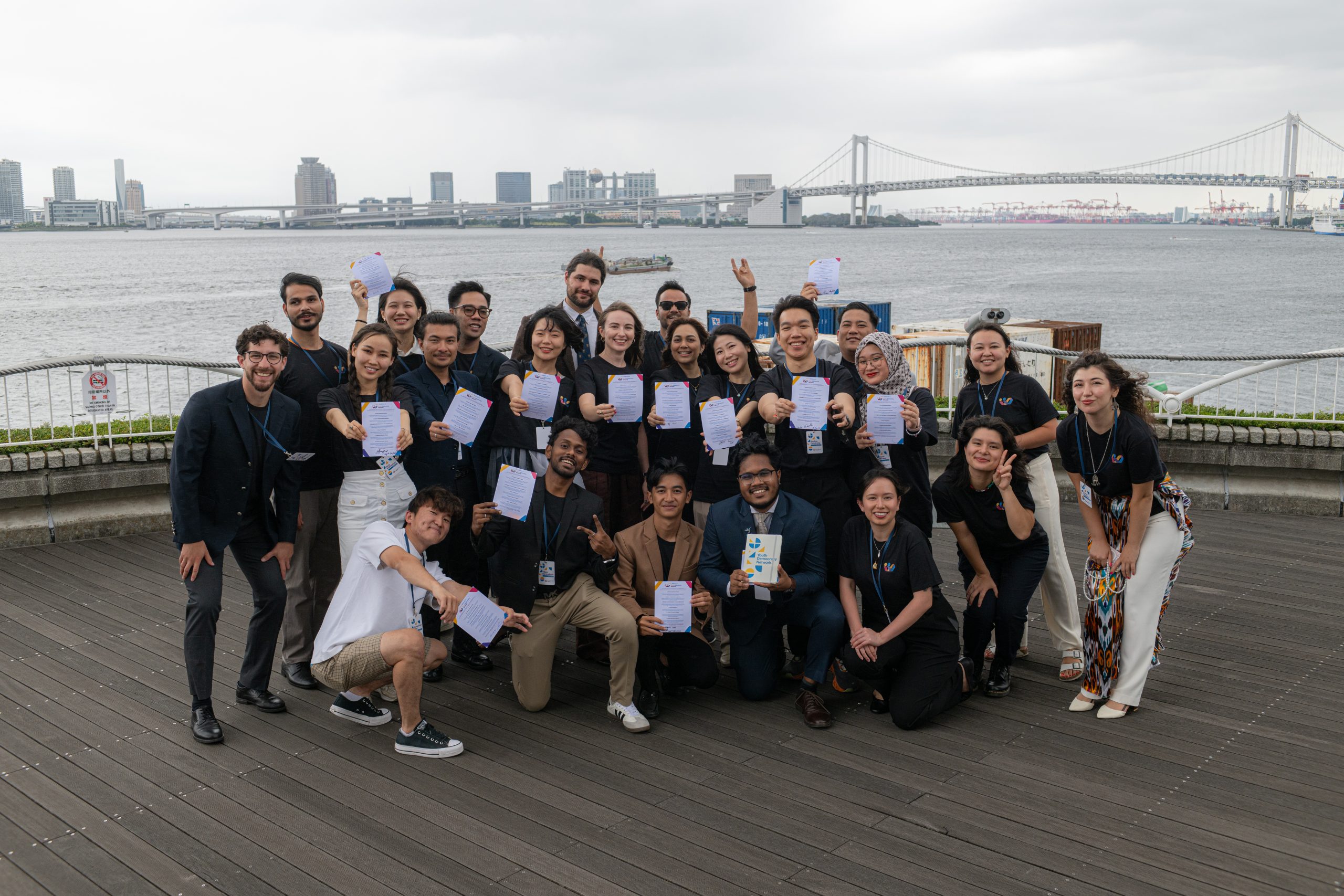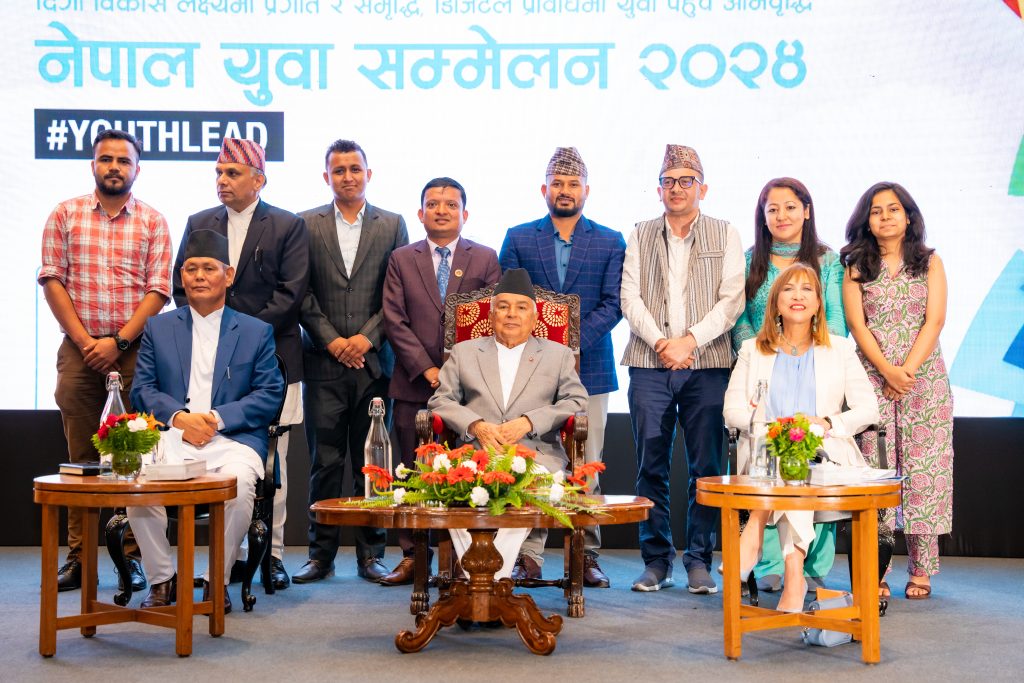
Before the Government of Nepal decided on August 18 to review the National Youth Policy 2015, the country’s youth population stood at 42.56 percent. But following the government’s decision, the figure officially dropped overnight to 30.10 percent. The newly endorsed National Youth Policy 2025 defines youth as those between 18 and 35 years, whereas the previous policy set the range at 16 to 40 years.
The findings of the two documents revealed a 12 percent difference in Nepal’s youth population. This was not a coincidence. As a member of the policy review and drafting team, I strongly advocated for setting the age limit at 18 to 35. My proposal was grounded in Nepal’s constitutional provisions, aligned with international practices, and aimed at making the policy more contemporary and practical.
There has long been a contradiction between the Child Act and the youth policy. While individuals under 18 are legally defined as children, the previous policy included those aged 16 to 18, creating a gap in classification. Our constitution grants voting rights from age 18, allows individuals aged 21 to become ward chairpersons, and sets the eligibility for mayor, deputy mayor, minister, or even prime minister at 25.
Nepal’s Human Development Index report also reflects progress, with average life expectancy now around 71 years. Furthermore, the Public Service Commission (Loksewa Aayog) has provisions that align closely with this context, setting the age limit at 18 to 35 years for men, and extending it to 40 years for women and persons with disabilities.
Globally, the definition of “youth” varies: the United Nations defines it as 15–24 years, India as 15–29 years, Bangladesh as 18–35 years, China as 14–35 years, the Philippines as 15–30 years, South Africa as 15–29 years, Germany as 14–27 years, and Russia as 15–35 years.

Nepal’s efforts to formulate and implement youth policies began in the 1970s and have since evolved through various initiatives, institutional developments, and greater youth engagement in national development. In 1972, following the 1971 education policy, the Panchayat system introduced the National Development Service (NDS) Model Program. This initiative mobilized students from Tribhuvan University to rural areas, fostering their personal growth while engaging them in local development activities. However, in 1979, the government suspended the NDS program amid concerns that it was fueling anti-Panchayat political sentiments in rural communities.
In September 1995, the Government of Nepal established the Ministry of Youth, Sports, and Culture, recognizing the critical importance of youth development. That same year, a Senior-Level Task Force led by educationist Kedar Bhakta Mathema was formed to design programs to build the capacity of youth. The task force recommended defining youth as individuals aged 15–29.
In 1999, the National Development Volunteer Service (NDVS) was established under the National Planning Commission to engage youth in volunteer activities across the country. In 2000, further policy formulation and structural changes were introduced. A decade later, in 2009, Nepal created the Ministry of Youth and Sports (MoYS), a dedicated body focused on youth and sports development. The following year, in 2010, the government formulated the National Youth Policy, providing a comprehensive framework to address the diverse needs, challenges, and aspirations of young people.
In 2015, Nepal took significant steps in youth development with the adoption of the National Youth Policy and the formulation of Youth Vision 2025, which outlined long-term goals and strategies for young people. That same year, the government approved the Youth Council Act and established the National Youth Council, a historic milestone for Nepali youth. The approval of the Act paved the way for the creation of provincial and local youth councils, expanding youth participation and engagement nationwide.
However, in 2023, the government decided to review both the draft of the new National Youth Policy and the 2015 policy. As a member of the review team, we studied national and international frameworks, constitutional provisions, and practices of other countries to form our conclusions. We also held extensive consultations and discussions with youth from across the country.
I hope this newly reviewed policy will empower Nepali youth and contribute meaningfully to nation-building.